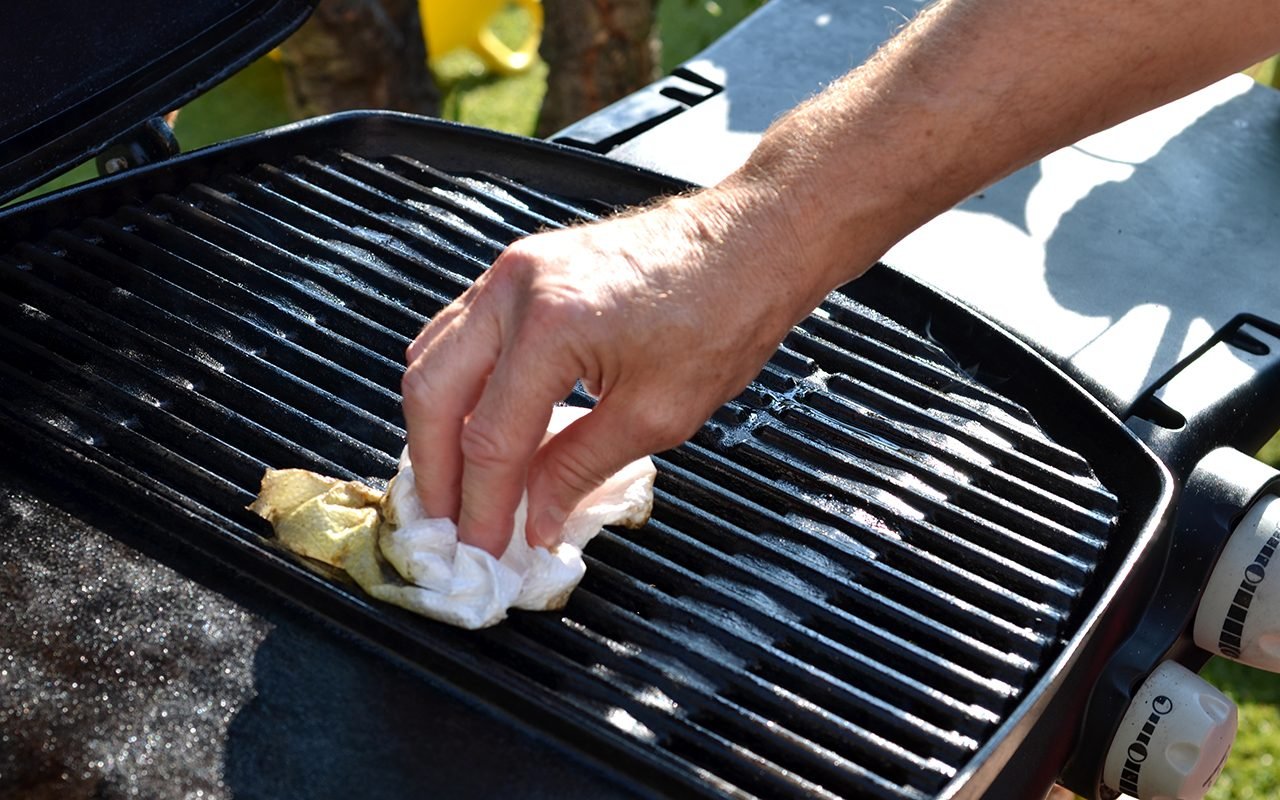Low and Slow on Grill Grates: Master the Art of BBQ
Written By James Morgan
For barbecue enthusiasts, the term low and slow on grill grates is more than just a cooking method; it's a culinary philosophy. Achieving tender, flavorful meat is a journey that involves patience, precision, and the right equipment. As you embark on this savory adventure, it's crucial to understand the nuances of cooking low and slow on grill grates.
The technique of cooking low and slow involves maintaining a low temperature over an extended period. This method allows the meat to absorb smoke and develop deep, rich flavors while becoming tender. The grill grates play a significant role in this process, as they provide the surface where the magic happens. Ensuring that your grill grates are in optimal condition is essential for achieving the best results.

Why Choose Low and Slow?
The benefits of cooking low and slow are numerous. Not only does it enhance the flavor and texture of the meat, but it also allows for more control over the cooking process. This method is perfect for larger cuts of meat such as brisket, pork shoulder, and ribs, which require time to break down the connective tissues and become tender.
Moreover, cooking low and slow reduces the risk of burning or overcooking the meat. By maintaining a steady, low temperature, you can ensure even cooking and a juicy, tender result. This method is a favorite among barbecue aficionados who appreciate the complexity and depth of flavor that it imparts to the meat.
Preparing Your Grill Grates
Before you begin your low and slow cooking journey, it's essential to prepare your grill grates properly. Start by ensuring they are clean and free of any rust or residues. Regular maintenance of your grill grates is crucial for achieving optimal results.
If your grates have seen better days, consider replacing them or using a rust remover to restore them to their former glory. A well-maintained grill grate ensures even heat distribution and prevents sticking, both of which are vital for successful low and slow cooking.
Seasoning Your Grill Grates
Just like a cast iron skillet, grill grates benefit from seasoning. This process involves coating the grates with a thin layer of oil and heating them to create a non-stick surface. Seasoning not only prevents food from sticking but also adds flavor to your barbecue creations.
To season your grill grates, coat them with a high smoke point oil such as canola or vegetable oil. Heat the grill to a medium temperature and let the grates cook for about 15 minutes. This process should be repeated regularly to maintain the non-stick surface.
Mastering Temperature Control
Temperature control is the cornerstone of low and slow cooking. Maintaining a steady temperature between 225F and 275F is crucial for achieving tender, flavorful meat. Investing in a good quality meat thermometer can help you monitor the internal temperature of the meat and ensure that it is cooked to perfection.
For those using charcoal grills, managing the airflow is key to maintaining a consistent temperature. Adjust the vents to control the amount of oxygen reaching the coals, which in turn affects the heat output. With a gas grill, maintaining a low flame is essential for cooking low and slow.
Choosing the Right Wood
Wood selection plays a significant role in the flavor profile of your barbecue. Different types of wood impart unique flavors, making it essential to choose the right one for your meat. Hickory and mesquite are popular choices for their strong, smoky flavors, while fruitwoods like apple and cherry offer a milder, sweeter taste.
Experimenting with different wood combinations can lead to exciting flavor discoveries. However, be cautious not to overpower the meat's natural flavor with too much smoke. Start with a small amount of wood and adjust based on your taste preferences.
The Importance of Patience
Patience is a virtue, especially when it comes to low and slow cooking. This method requires time and attention to detail, but the results are worth the effort. Resist the temptation to check the meat too often, as opening the grill lid can result in temperature fluctuations and extend the cooking time.
Instead, trust the process and allow the meat to cook slowly and evenly. Use a meat thermometer to check for doneness and ensure that the internal temperature reaches the desired level.
Enhancing Your BBQ Experience
To truly enhance your barbecue experience, consider investing in high-quality grill accessories. A reliable meat thermometer, heat-resistant gloves, and a sturdy pair of tongs are essential tools for any barbecue enthusiast. Additionally, explore different grilling techniques and recipes to expand your culinary repertoire.
For more insights on grilling techniques, you can visit this comprehensive guide on the science of grill grates.

FAQ Section
What is the best temperature for low and slow cooking?
The ideal temperature range for low and slow cooking is between 225F and 275F. This range allows the meat to cook evenly and absorb smoke without drying out.
How do I prevent my grill grates from rusting?
Regular cleaning and seasoning of your grill grates can prevent rust. After each use, remove any food residues and apply a thin layer of oil to protect the grates from moisture.
Can I use a gas grill for low and slow cooking?
Yes, a gas grill can be used for low and slow cooking. Maintain a low flame and monitor the temperature closely to ensure consistent heat throughout the cooking process.



